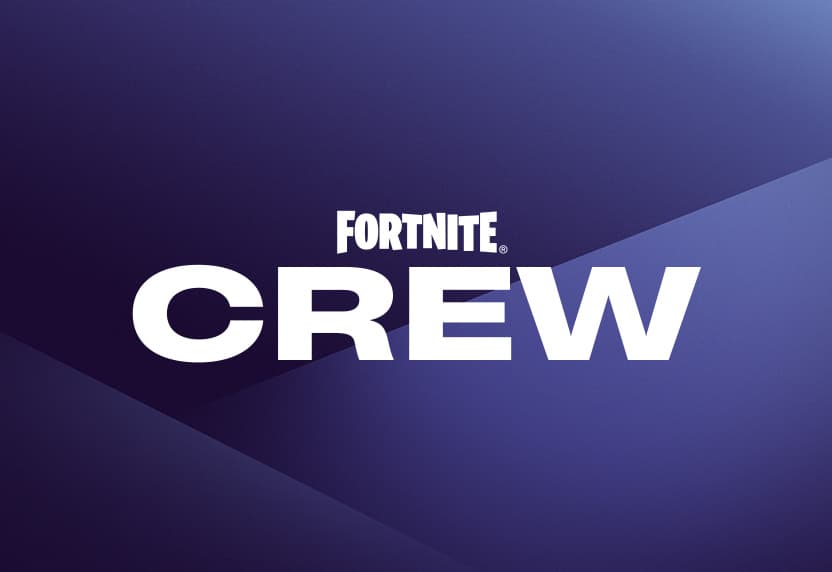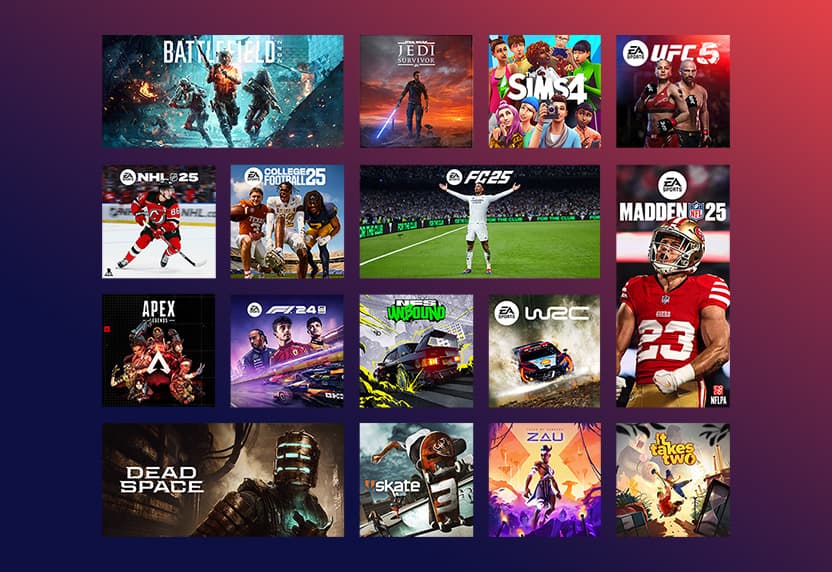
A new Cirinica study, highlighted by Kotaku, claims 33% of US players didn’t buy a single game in the last 12 months, and only about 10% buy one new title every month. That tracks with what I’ve seen in my own circles: we’re playing more than ever, but we’re buying less. The culprits aren’t mysterious-Fortnite’s free-to-play gravity well, and the “all-you-can-eat” vibes of Xbox Game Pass and PlayStation Plus. Add Steam’s avalanche of releases-roughly 19,000 games in 2024-and you’ve got the perfect recipe for choice paralysis and a wallet that never leaves your pocket.
That 33% no-purchase stat sounds shocking until you zoom out. Fortnite, Roblox, and other free-to-play ecosystems let you game for hundreds of hours without paying a cent up front. Meanwhile, millions of players log into Game Pass or PS Plus, browse a huge library, and never feel the friction to buy. If you only have so many evenings a week, why drop $70 when your sub already has Starfield, Sea of Stars, or last year’s GOTY sitting there?
The 10% who buy monthly? That’s a dedicated slice—streamers, genre diehards, collectors, and folks who want day-one access. For everyone else, the backlog is infinite and the fear of missing out has been replaced by the comfort of waiting. Sales come fast, subscription rotations fill gaps, and live-service seasons keep you “home” in one or two games for months.
Subscriptions changed incentives. Platform holders want you sticky, not spendy—at least not on individual titles. Microsoft has been blunt: Game Pass drives engagement and lowers risk, even if it means fewer à la carte purchases. Sony’s PS Plus tiers do similar work while nudging you up the ladder with classic catalogs and trials. Once you’re in the ecosystem, inertia does the rest.

Fortnite, meanwhile, normalized the zero-dollar entry fee and premium cosmetics as the default. If your friends live in one social hub, the opportunity cost of chasing new $70 releases skyrockets. And then there’s Steam’s tsunami. When ~19,000 games hit in a year, discovery becomes a full-time job. Most of us outsource that job to curators we trust: our subscription homepage, a Discord server, or the biggest live-service we already play.
Players are the obvious short-term winners. For a monthly fee you can sample genres you’d never gamble on at full price, bounce off duds guilt-free, and settle into comfort-food games without spending more. The flip side: you’re renting momentum. Games rotate out, DLC isn’t always included, cloud saves can be messy, and—crucially—your taste gets shaped by what the subscription decides to surface.

Indies at the micro or prestige ends can still thrive: either you build a tight niche with strong word of mouth, or you negotiate a good subscription deal that de-risks development. The casualties are often in the AA middle—ambitious, non-franchise premium games without a marketing cannon behind them. Those relied on players buying “just to try.” Now, “just to try” is what Game Pass and PS Plus are for.
For platform holders, the strategy is working. Game Pass has grown into the tens of millions; PS Plus remains massive even after price bumps. Expect more experimentation with day-one deals, timed exclusives, and catalog churn designed to keep that cancellation button feeling expensive.
There’s a cultural shift too. Backlogs used to feel aspirational; now they can feel paralyzing. I’ve caught myself opening a subscription library, scrolling for 20 minutes, then defaulting to my usual comfort game. That’s great for retention metrics, not so great for discovering the weird, brilliant stuff sinking without a trace on Steam.

This study doesn’t say gamers are “lazier” or “cheaper.” It says the market succeeded at rewiring our habits. Fortnite taught us that time is the product and cosmetics pay the bills. Game Pass and PS Plus taught us that access beats ownership—until it doesn’t. The real question for 2025 and beyond isn’t whether we buy fewer games; it’s whether the kinds of games we want can survive in a world where most of us don’t need to buy them at all.
One in three US players didn’t buy a game last year because subscriptions and free-to-play already meet their needs. That’s a win for player value but a gut punch for mid-tier premium games. Support the titles you love, rotate your subs, and don’t let the carousel decide what you play.
Get access to exclusive strategies, hidden tips, and pro-level insights that we don't share publicly.
Ultimate Gaming Strategy Guide + Weekly Pro Tips